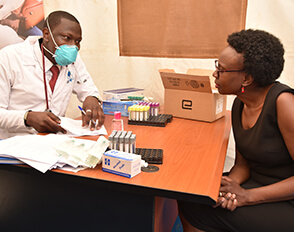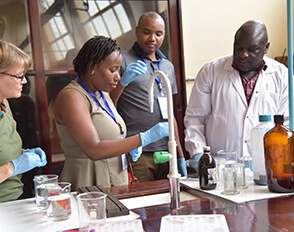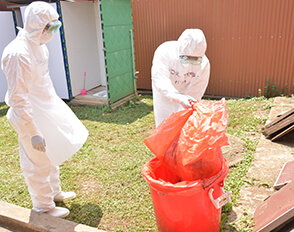
An Integrated Intervention Package Improves TB Screening at Primary Health Facilities in the Karamoja region: A success Story from USAID PACT Karamoja project.
Although the Karamoja sub-region has one of the highest tuberculosis (TB) case notification rates in Uganda, there is evidence to show that a number of patients with TB are still being missed by the healthcare system. During the PACT-Karamoja baseline survey, it was found that only about two-thirds of all patients were screened for TB. This was worse at a lower level of the healthcare system (HCIII and HCIV) where less than half of all outpatients were screened for TB. As a result, case notification at these health facilities was very low.
USAID PACT Karamoja project worked in partnership with the National TB and Leprosy program and the district health teams to improve TB screening in all health facilities within the region with a particular focus on the lower level health facilities which are closest to the communities. In May 2020, the project trained healthcare workers from primary health facilities on TB screening, diagnosis and management using the integrated curriculum on TB and Leprosy management developed by the Ministry of Health. This training also included training on integrated TB and COVID screening. Thereafter the project carried out a series of health system strengthening interventions including assigning community linkage facilitators (CLFs) to screen for TB at the outpatient departments at 30 high volume health facilities, provision of tools to enable screening e.g. ICF stamps and presumptive TB registers and carrying out monthly onsite mentorship visits on implementation of intensified case finding. The project also provided technical assistance to enable health facilities track the progress on key TB indicators that included TB screening on a monthly basis.
By the end of September 2020, the proportion of outpatients screened for TB at primary healthcare facilities had improved from 36% to nearly 100%. The number of TB patients diagnosed each month from these health facilities also increased from 15 in May to 80 by August 2020.






